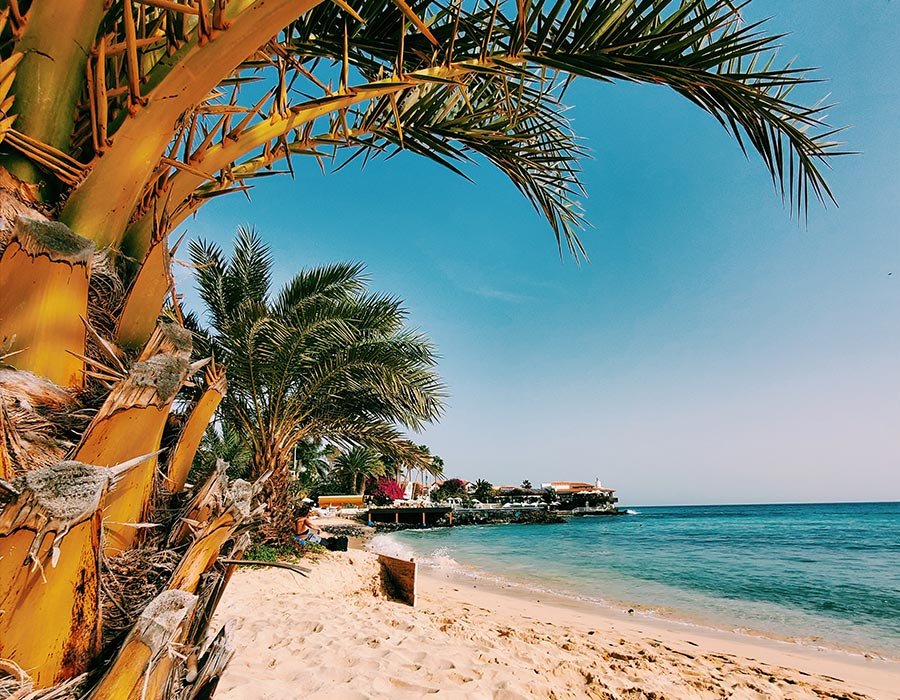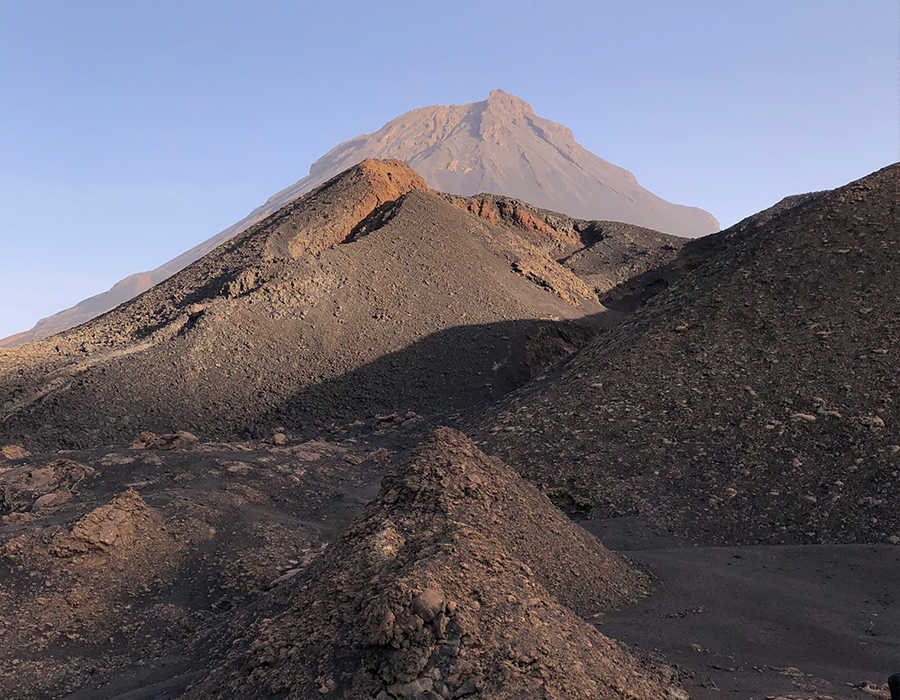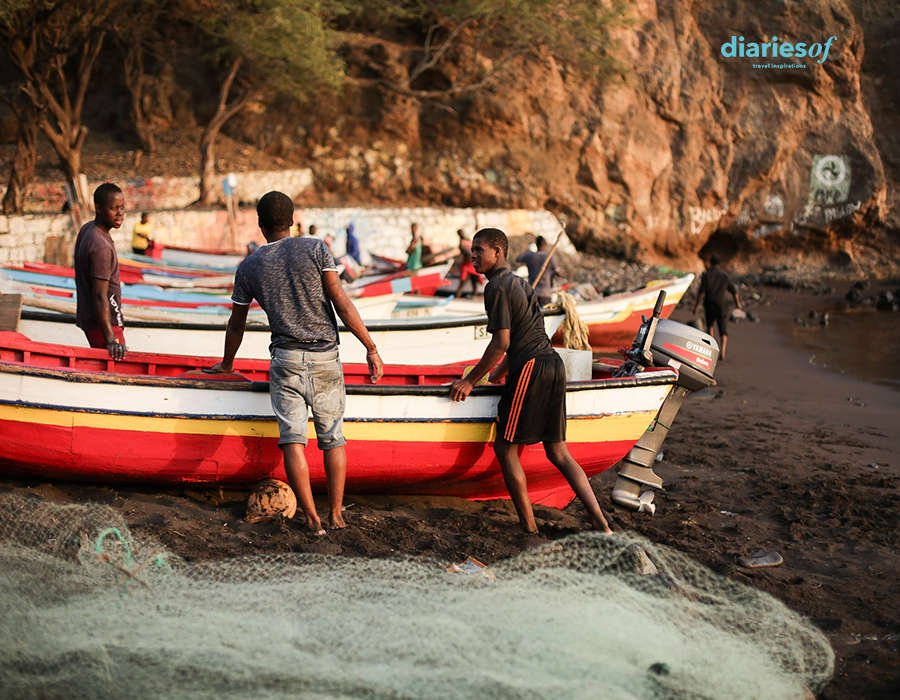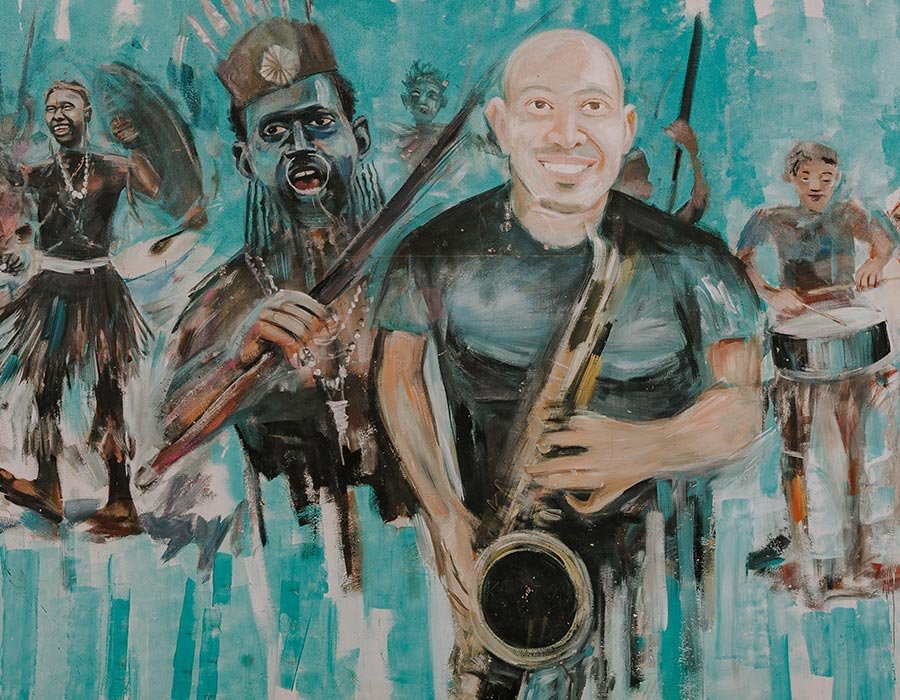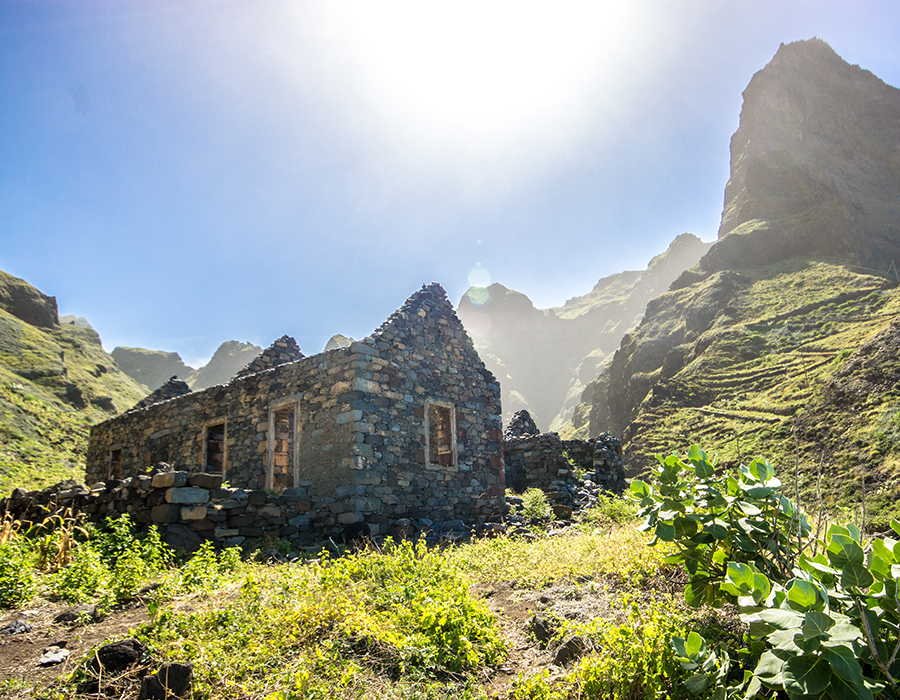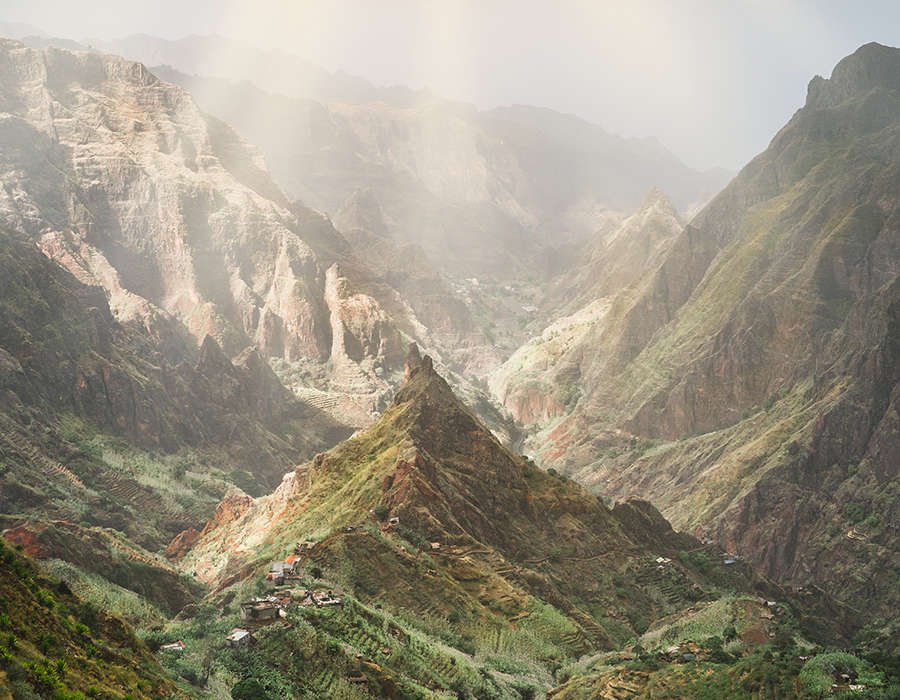Slavery in Cape Verde: the other face of the archipelago and a past that cannot be forgotten.
To understand the culture, traditions and customs of a country today, it is necessary to review its history, or at least its recent past. Not surprisingly, the only way to fully connect with a destination is to know its whys and wherefores. So if you are preparing a trip to Cape Verde, you might want to avoid tiptoeing around the archipelago. Slavery in Cape Verde is one of the most relevant episodes in its history, and knowing a little more about this chapter will help you understand many things.
A brief review of slavery in Cape Verde
Slavery is, sadly, an inseparable element of the African continent and Cape Verde was not going to be less. The Portuguese arrived in Cape Verde in the second half of the 15th century, first occupying the island of Santiago. At that time and according to what they described, the islands were uninhabited and covered by a thick green mantle, hence the name of the archipelago.
From the beginning, Cape Verde was considered a strategic enclave for the traffic of African slaves to America. In fact, according to UNESCO, the island of Santiago was one of the main African ports of departure for forced labor throughout the 16th century. It is estimated that between 1513 and 1516 alone, around 3,000 Africans left this Cape Verdean island for Central America, the Antilles and Brazil. Another fact: in the 17th century, 46% of the African slaves sent to America left Cape Verde.
"Cape Verde is far from being an overcrowded destination, so it continues to be a fantastic option for different travel enthusiasts."
During these centuries and until its abolition in 1876, slavery in Cape Verde quickly became its main economic engine. Although many of the slaves were forced to travel to America, many remained in the archipelago and began to populate it. Thus, colonists began to mix with these settlers. Their mulatto children would be the origin of the Creole population of Cape Verde.

Vestiges of horror
In Cape Verde there are still some vestiges of its most atrocious past, corners that are living memory. If you feel like delving deeper into Cape Verdean history, it may be interesting to know some of them.
The Tarrafal Concentration Camp, located on the island of Santiago, is one of the indispensable visits, although also one of the hardest. Inaugurated in 1936, it was a horrifying penitentiary center where prisoners were subjected to the most horrifying humiliations and tortures. So much so that it is commonly known as the “slow death camp”.
Knowing this historical past is essential to understand the present.
To the south of the island and only 15 km from Praia, the capital of Cape Verde, is the town of Cidade Velha. This place was not only the first city built by European settlers in the African tropics (under the name of Ribeira Grande), but also the epicenter of the slave trade. It still preserves relics of its origins, such as the church of Nossa Senhora do Rosário or the Sé Cathedral, now in ruins.
A trip to the archipelago gives time for everything. Get to know its beaches, landscapes and local traditions, but also take the opportunity to delve into the past and slavery in Cape Verde, essential to understand the present.





